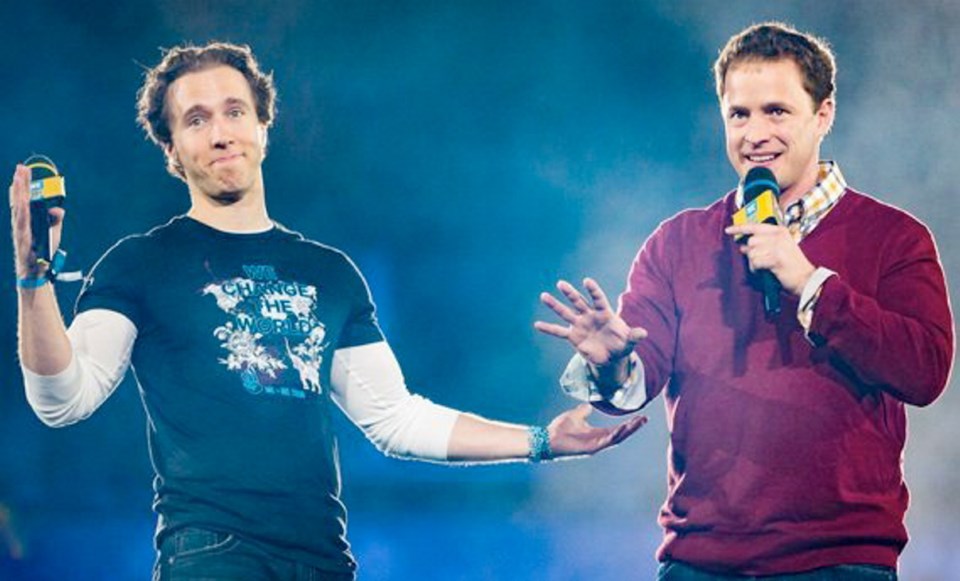Marzhan Nurzhan has a mission. The 25-year-old from Kazakhstan is rallying global youth to tackle one of the biggest threats to her generation. But time may be running out.
On Jan. 25, partly in response to North Korea’s recent weapons tests, international scientists moved the hands of the “Doomsday Clock” — a symbolic gauge that measures the risk of nuclear war — to 11:58. It’s the closest to midnight we’ve been since 1953.
Midnight represents Armageddon.
Nurzhan has been an international advocate for nuclear disarmament ever since she learned of the impact nuclear weapons had on her country. Two million Kazakhstanis still suffer cancer and birth defects, the fallout from decades of Soviet weapons tests.
While many international organizations are active on nuclear disarmament, advocates such as Nurzhan face a major challenge getting ordinary people engaged, especially youth.
During the Cold War, public demonstrations against nuclear arms were common. Today, not so much. Increased threats haven’t increased public interest, says Nurzhan.
Rob van Riet, peace and disarmament co-ordinator for the World Future Council, says: “[Nuclear disarmament] feels too large for a lot of people and they feel powerless.”
Issues such as climate change are daunting, but tangible. Ordinary citizens can contact politicians, demanding policies that reduce emissions.
More importantly, people have at least some control over their household energy use. But making superpowers give up their huge arsenals, let alone influencing a rogue state such as North Korea, seems unattainable.
Still, Nurzhan and Van Riet insist ordinary people can help reduce the global risk of nuclear conflict.
A powerful tool is divestment. The U.S., Russia and China want to upgrade their aging nuclear arsenals, and develop new types of smaller weapons that could be used on the battlefield. The companies that build parts for those bombs are supported by investors such as pension funds, and even our personal RRSP funds.
We can pressure investors to drop these companies from their portfolios, pushing them to get out of the bomb business.
Canada is uniquely positioned to be a leader in nuclear disarmament. As climate change makes Arctic waters more accessible to submarines, Russia and the US increasingly see the north as a key part of their nuclear strategy, according to van Riet.
As a respected Arctic nation, Canada could lead the campaign to make the region a nuclear-free zone.
Likewise, with public pressure, Canada could play a diplomatic leadership role and insist that all nuclear states follow the example of China and India and declare a “no first use” policy.
This would reduce the risk of conventional conflicts escalating into nuclear war.
But if Canada is to be that leader, we have to make it a priority for our government. Prime Minister Justin Trudeau has been conducting town halls across the country — a great opportunity to raise the issue, notes Douglas Roach, a former Canadian senator and Ambassador for Nuclear Disarmament.
“If he’s not hearing from people, he’s going to think people don’t care.”
The Cold War might be a distant memory, but its terrifying ghost still haunts us.
It’s time for us to engage again on nuclear disarmament.
The clock is ticking.
Craig and Marc Kielburger are the co-founders of the WE movement, which includes WE Charity ME to WE Social Enterprise and WE Day. For more dispatches from WE, check out WE Stories.



